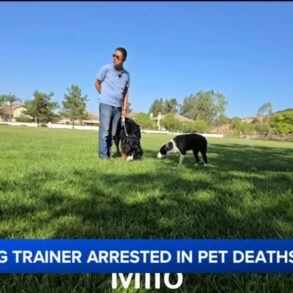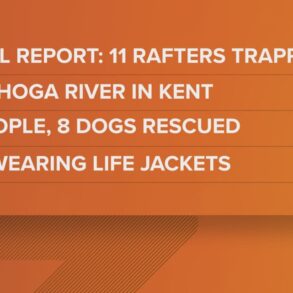
Like a lot of Americans these days, writer Ellen Cushing placed an order for gourmet dog food. Unlike a lot of Americans who place such orders, Cushing does not, in fact, have a dog. In an essay for the Atlantic, Cushing writes that she ordered the meal for herself—and, yes, she ate it. The result? Not too bad, apparently. “It tasted fine—wholesome, if a little bland, because the Farmer’s Dog controls its sodium content much more carefully than I do,” she writes, referring to the brand whose product she purchased. (She got the turkey variety, which also has chickpeas, spinach, carrots, parsnips, and fish oil.) “Imagine an extra-extra-thick, slightly under-seasoned soup. Anyone would be lucky to eat it.”
Cushing’s essay is not a commercial for the Farmer’s Dog. (As Variety notes, the company takes care of that on its own, including with this Super Bowl commercial.) Instead, the essay is more of an exploration of why so many pet owners are shelling out for high-end food, typically labeled “human-grade.” Another brand, Maev, sells flash-frozen meals that would cost about $150 per month for a medium-sized dog, and its sales have quadrupled since 2022. Sales at the Farmer’s Dog are on a similar trajectory, per the Information. Last year, Michelin-starred chef Jose Andres launched his own brand for dogs, notes Axios.
So what gives? The answer likely lies in surveys showing that most American pet owners today consider their pets to be members of the family. Though not a dog owner herself, Cushing writes that she gets it: “If you love your dog—as millions of Americans do, fiercely—and if there is even an infinitesimal chance that feeding her an expensive slurry of chickpeas and kale will make her life longer and happier, and if you can afford the chickpea slurry, why not?” A potential counter comes in this Washington Post piece by Kelly Conaboy.
story continues below
The kibble—the stuff much maligned in gourmet dog food ads—that most dogs eat is tailored to provide the nutrients a dog needs, as specified by the Association of American Feed Control Officials. “That is not really something that is provided in any better way through these more humanlike diets,” says veterinarian Jonathan Stockman of Long Island University’s College of Veterinary Medicine. (More dogs stories.)
This post was originally published on this site be sure to check out more of their content.












































